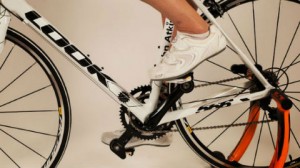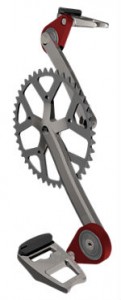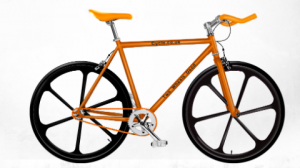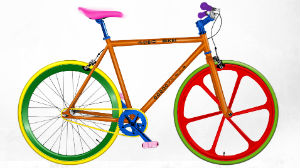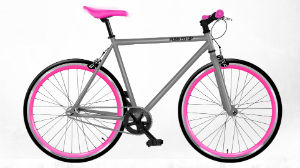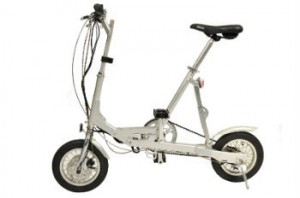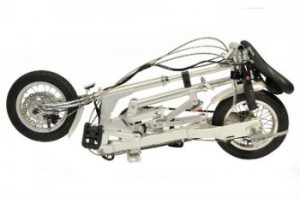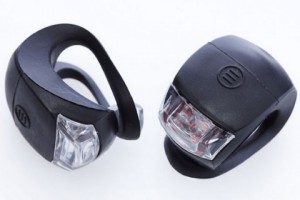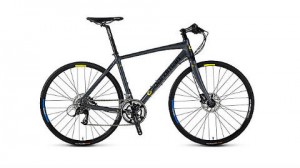 Simplicity in a box is really what we have come to expect from Garmin and the Edge 510 delivers just that. Sitting mid-offering in the Garmin bike computer range the 510 offers a well judged mix of features without overcomplicating things.
Simplicity in a box is really what we have come to expect from Garmin and the Edge 510 delivers just that. Sitting mid-offering in the Garmin bike computer range the 510 offers a well judged mix of features without overcomplicating things.
Set up of new tech can be a daunting prospect but the Edge 510 makes light of things – a quick charge, enter a couple of data fields and select preferences via the 4.4 x 3.5cm touchscreen and you’re good to go. Hooking to satellite connection took less than 40seconds, even on first contact, and remained strong through both built-up areas and wooded trail.
Attaching it to the bike as just as painless; the Edge 510 ships with a standard twist mount that fits to the bars via a baseplate and elasticated straps – there has always been a tendency for these fittings to ping off in dramatic style in the event of a spill so extra security comes in the form of a short lanyard (it’s a good idea to slip a couple of extra bands in the jersey pocket too – a handful ship in the box.) An optional ‘out-front’ mount is yours for £30.
The Edge 510 lacks the basemaps and the ability to add maps that is a feature of the higher end 810 and 1000 models, but then those will set you back an additional £70 or £80. In all other respects the Edge 510 delivers – ‘simplicity in a box’ it may be, but lacking in functionality it is not. All the to-be-expected metrics are here – time, distance, speed, ascent/descent, etc. – plus some nice surprises such as temperature (so often a factor in performance when it comes to post-race analysis.) Connect to the Apple or Android app and you can pick up a host of extra meteorological info too – or get social and ‘live share’ your rides with the lucky few via social media or the tracking pages on the Garmin Connect site. The mobile apps also allow for wireless uploads of completed activities to the Connect pages once your race or training session is over.
Training or race data can either be viewed directly on the Garmin Connect Mobile App or, once uploaded wirelessly from phone to the free Garmin Connect account, online. New courses and those previously ridden can be download back from the Connect site to the 510, so you can always revisit rides that went well or retest yourself on those that didn’t.
The ANT+ Sensor allows connection to a range of additional options – everything from compatible scales to heart rate monitors and more – so those that really like to chew over the numbers will have plenty to get their teeth into.
At £249.99 the Garmin Edge 510 isn’t cheap but does offer an impressive range of functionality; using it at a basic level, when that’s all that is required, is wonderfully simple and getting to grips with its deeper workings takes little time to master when you want to dig deeper and train harder.
The 510 is also available at £299.99 as a Performance Bundle including a speed/cadence sensor and heart rate monitor.
Further details at garmin.com, online purchase at, amongst other places, Wiggle.co.uk






